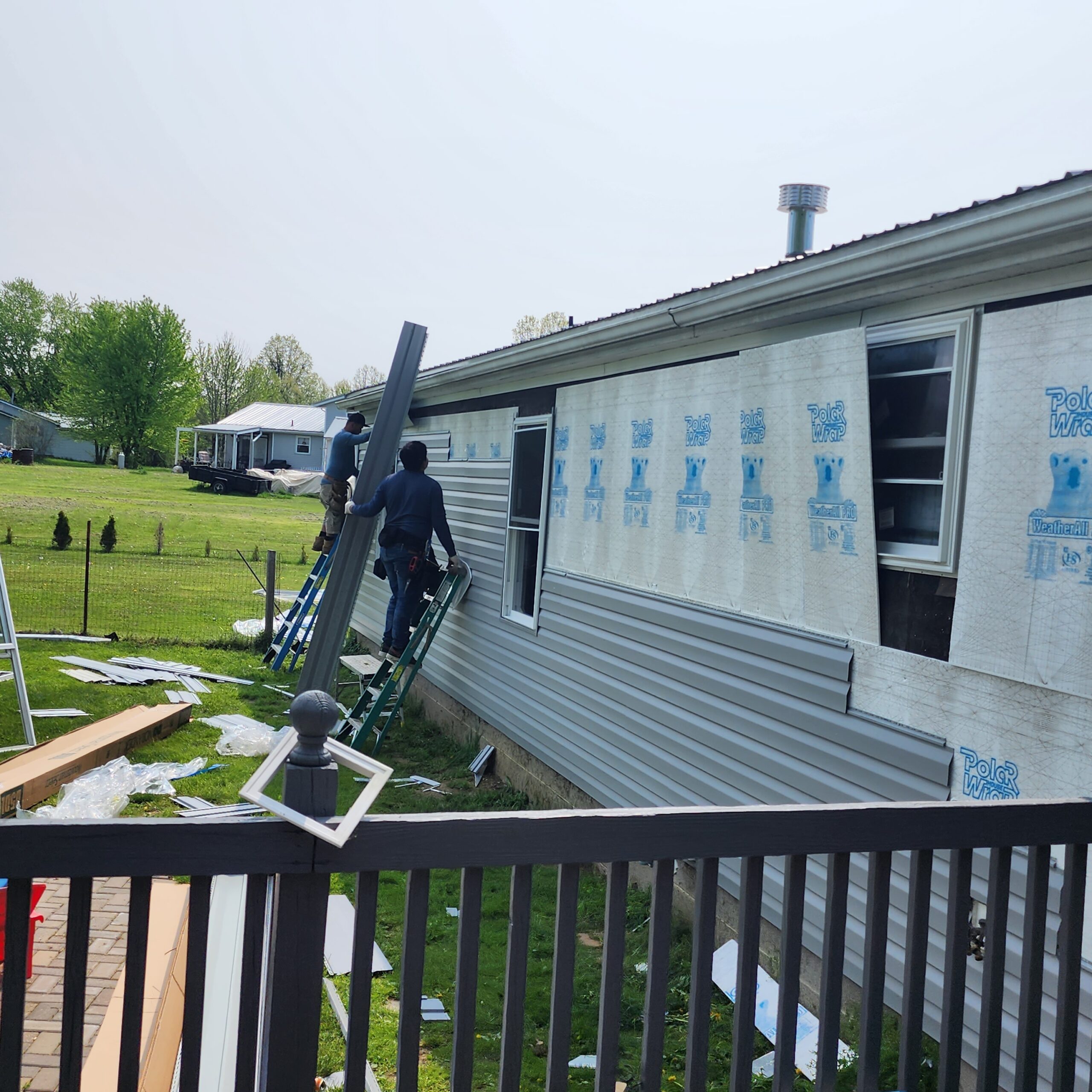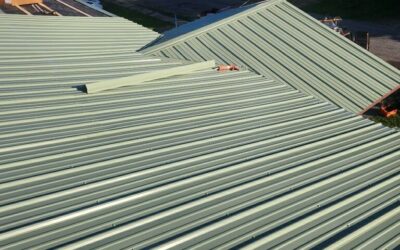What Does Roof Pitch Mean? (How to Figure It Out)
When it comes to roofing, the term “roof pitch” is something that comes up often. Whether you’re a homeowner considering a roof replacement, a contractor working on a project, or simply curious about your roof’s design, understanding roof pitch is important. It not only influences the look of your home but also affects the types of materials you can use, the overall cost of roofing, and even the long-term maintenance of your roof.
In this blog, we will cover everything you need to know about roof pitch. We’ll explain what roof pitch is, how to figure it out, how it impacts your roof’s total square footage, and how it influences both the cost and material choices for your new roof. Additionally, we’ll explore how modern tools and technology can make measuring roof pitch easier.
What Is Roof Pitch?
Roof pitch refers to the steepness or angle of a roof. It is typically expressed as a ratio of the vertical rise to the horizontal span (or run) of the roof. For example, if a roof rises 6 inches for every 12 inches of horizontal run, the roof pitch is described as “6:12” or “6 in 12.” This means that for every 12 inches horizontally, the roof rises 6 inches vertically.
Roof pitch is an essential aspect of roof design because it determines how water and snow will shed from the roof, how much space there is in the attic or upper floors, and what types of roofing materials can be used. The steeper the roof pitch, the more water or snow it will shed more effectively, and it can also add aesthetic value to your home.
Why Roof Pitch Matters
The roof pitch is not just a design feature—it has functional and practical implications:
- Water Drainage: A steeper roof allows water and snow to drain more efficiently, which can prevent the buildup of ice and water.
- Aesthetic Appeal: The roof pitch can dramatically alter the visual appeal of your home. A steep pitch gives a more traditional or “grand” look, while a low pitch is more modern and minimalistic.
- Energy Efficiency: The shape of the roof can also influence the amount of sunlight that hits the roof and the air circulation within the attic space.
- Material Compatibility: Certain roofing materials are better suited for specific pitches. For example, shingles perform better on roofs with a pitch of 4:12 or higher, while metal roofing is commonly used for very steep slopes.
How Do You Figure Out Roof Pitch?
Measuring the roof pitch might seem tricky at first, but with the right tools and techniques, it becomes a straightforward task. There are several methods you can use to figure out the pitch of your roof.
1. Using a Level and Measuring Tape on the Roof
One of the most traditional and simple methods for measuring roof pitch is to use a level and measuring tape. Here’s a step-by-step guide:
Step 1: Get the Right Tools
You will need a level, a measuring tape, and a pencil or marker.
Step 2: Place the Level on the Roof
Position the level horizontally along the roof’s surface. Make sure the level is placed parallel to the ground. It should be level, so the bubble in the level’s vial is centered.
Step 3: Measure the Rise
At the end of the level, measure how far the roof rises vertically. This distance is the “rise.” For example, if the level is placed 12 inches from the edge of the roof and the roof rises 4 inches, the rise is 4 inches.
Step 4: Calculate the Roof Pitch
The roof pitch is typically expressed as a ratio of rise over run. So, if you measure a rise of 4 inches for every 12 inches horizontally (run), the roof pitch is 4:12. This method allows you to get a quick and accurate measurement of your roof’s pitch.
2. Measuring the Rafters in the Attic
If you have access to your attic, you can also measure the roof pitch by examining the rafters. This method works best for roofs with open or unfinished attics.
Step 1: Locate the Rafters
Find the rafters in the attic. These are the beams that support the roof. You may need to remove any insulation or other obstructions to access them.
Step 2: Measure the Rise and Run
Measure the vertical distance (rise) from the bottom of the rafter to the top. Then, measure the horizontal distance (run) from the ridge board (top of the roof) to the point where the rafter meets the ceiling or top plate.
Step 3: Calculate the Pitch
Once you have both measurements, you can use the same formula for calculating the roof pitch. Divide the rise by the run to determine the pitch ratio.
3. Using Modern Technology and Tools
In today’s world, measuring roof pitch has become easier thanks to modern technology. Various tools and devices can assist in obtaining precise roof pitch measurements without needing to climb onto the roof.
Tools That Can Help:
- Roof Pitch Gauge: This is a specialized tool that you can place directly on the roof to measure the pitch angle. It’s simple and gives you a clear reading.
- Digital Levels: These levels are equipped with electronic sensors that give you precise measurements of the pitch angle.
- Smartphone Apps: There are apps available that can help you calculate the roof pitch. Many of these apps use your phone’s built-in sensors to measure angles and give you accurate readings.
Using these tools, you can easily measure your roof’s pitch without the need for complicated calculations or tools.
A Roof’s Pitch Impacts the Total Square Footage
The roof pitch affects the total square footage of your roof. A steeper roof will have more surface area than a flat or low-pitched roof, which can impact the amount of roofing material needed for replacement.
For example, if you have a roof with a steep pitch, the surface area will be larger than the footprint of your home. This means you’ll need more shingles, underlayment, and other materials, which will increase the cost of your new roof.
On the other hand, a low-pitched roof may have less surface area, but it may require specialized materials or additional considerations, such as extra waterproofing or insulation, which could also impact the overall cost.
Roof Pitch Can Limit Your Roofing Material Options
Roof pitch plays a key role in determining the types of roofing materials that can be used. Some materials are better suited for steeper slopes, while others are better for lower slopes. Here’s a breakdown of how pitch can limit or influence material selection:
1. Shingles
Traditional asphalt shingles perform well on roof pitches ranging from 4:12 to 12:12. However, they may not be suitable for extremely low or steep pitches. On low-pitched roofs, shingles may not shed water effectively, leading to leaks and damage. For steep roofs, special installation techniques may be required.
2. Metal Roofing
Metal roofing is a versatile option that can be used on both steep and low-pitched roofs. Metal panels or shingles are designed to shed water efficiently, making them ideal for roofs with steep slopes or low-pitch angles.
3. Tile Roofing
Tile roofing is typically used on steeper roofs due to its weight and the way it is installed. The angle of the roof helps support the tiles and allows water to drain properly. Tile roofing is not ideal for low-pitched roofs, as water can easily get trapped between the tiles.
4. Slate Roofing
Like tile, slate is a heavy material best suited for steep-pitched roofs. The material is durable and long-lasting, but the pitch is necessary to ensure that water flows off the roof efficiently.
5. Flat Roofing
For very low-pitched or flat roofs (with a pitch lower than 4:12), materials like TPO (thermoplastic polyolefin), EPDM (ethylene propylene diene monomer), and built-up roofing (BUR) are often used. These materials are designed to provide effective waterproofing for roofs that don’t shed water as easily.
What Else Impacts the Price of Your New Roof?
While roof pitch is an essential factor, several other elements can influence the price of your new roof. Let’s explore some of these key factors:
1. Roof Size
The larger your roof, the more materials and labor will be required. If you have a larger home or multiple roof sections, expect the cost of the roof replacement to increase.
2. Roof Materials
The type of roofing material you choose has a significant impact on the cost. Materials like asphalt shingles are generally more affordable than premium options like slate, tile, or metal. The quality of the material also affects the price—higher-quality materials typically last longer but come with a higher upfront cost.
3. Labor Costs
Labor costs vary by region, contractor, and the complexity of the roof replacement. A simple roof replacement may cost less, while a complex or steep-pitched roof will require more labor and expertise, increasing the price.
4. Roof Condition
If your existing roof has significant damage, additional work may be needed, such as repairs to the decking, insulation, or structural components. This will add to the cost of the roof replacement.
5. Additional Features
Features like skylights, chimneys, and ventilation systems can increase the cost of roof installation. These add complexity to the project and require additional materials and labor.
Conclusion
Roof pitch is a crucial element of your roof’s design and performance. It influences the materials you can use, the overall cost, and the durability of your roof. Whether you’re measuring roof pitch manually or using modern technology, understanding how to figure out roof pitch is essential for any roofing project.
When planning for a roof replacement, be sure to take the roof pitch into account along with other factors like roof size, materials, and additional features. With this knowledge, you can make informed decisions and ensure that your roof not only looks great but also performs optimally for years to come.
If you’re unsure about the best roofing materials for your home or need professional assistance with measuring your roof’s pitch, contact a trusted roofing contractor. They can help you navigate the complexities of roof pitch and ensure a successful roof installation or replacement project.
 (440) 307-2060
(440) 307-2060



